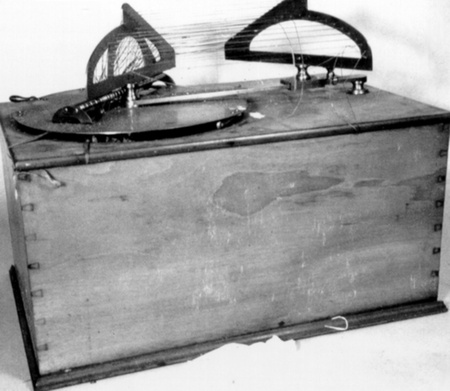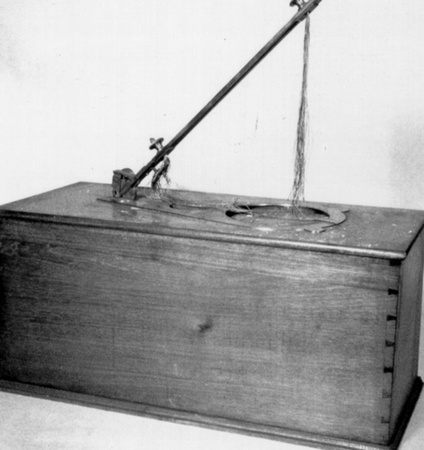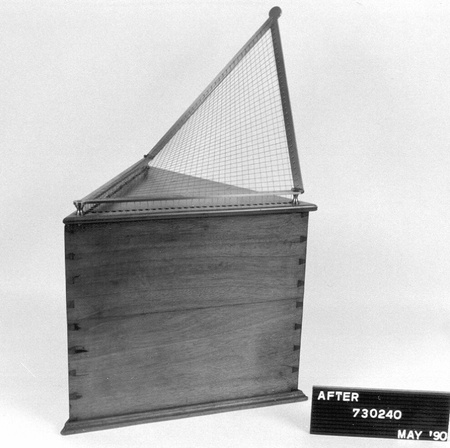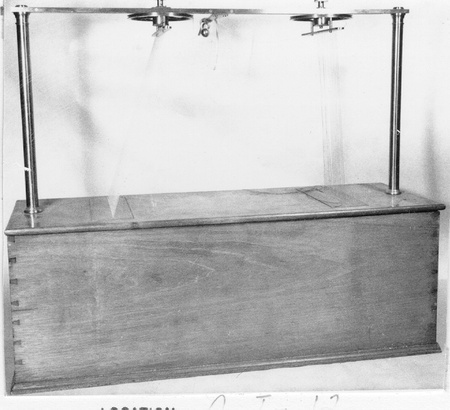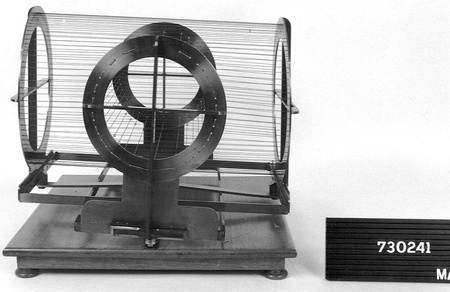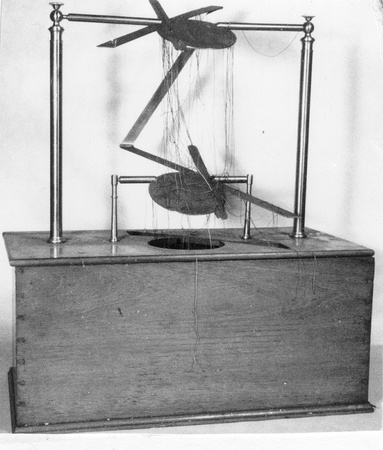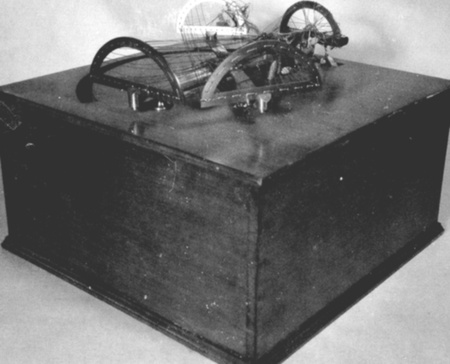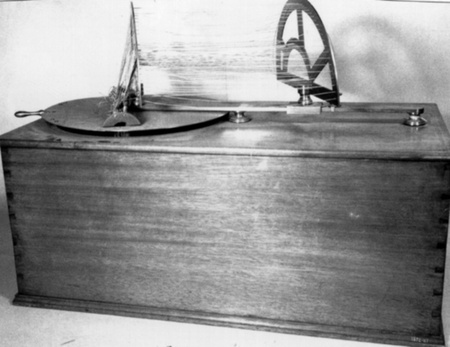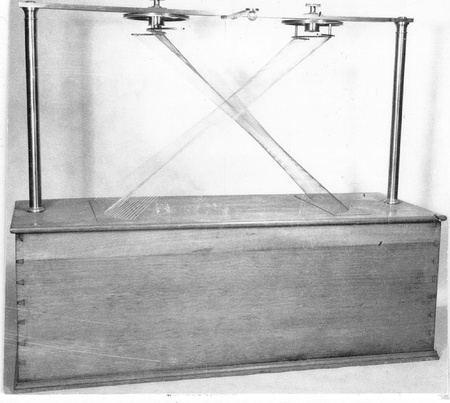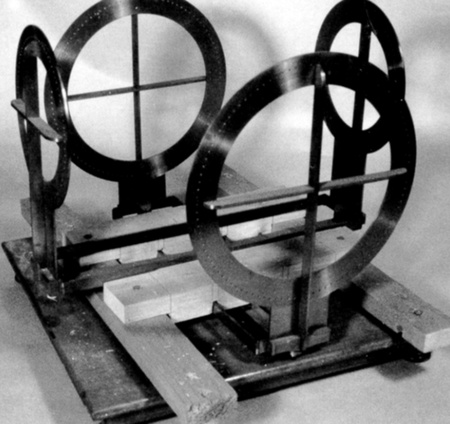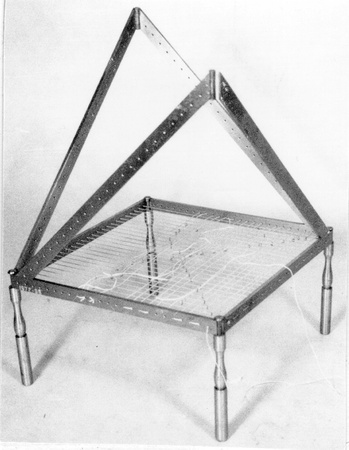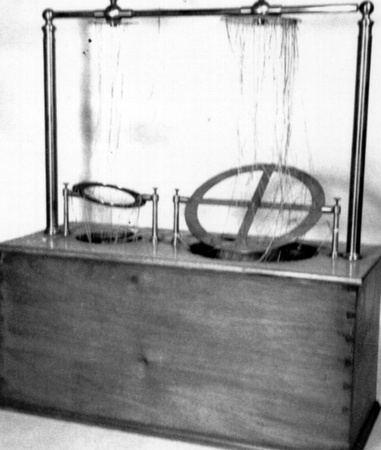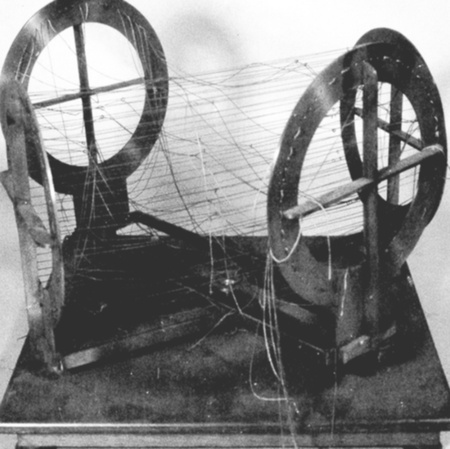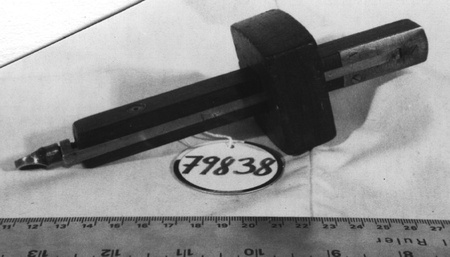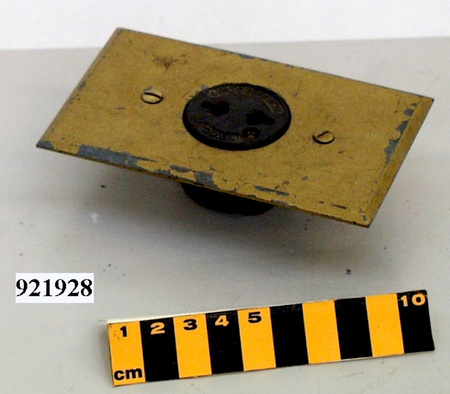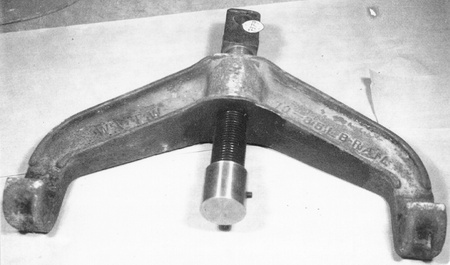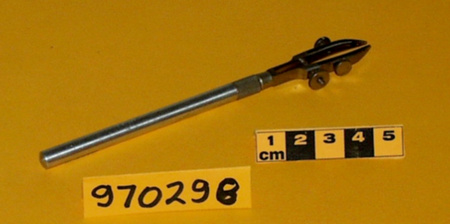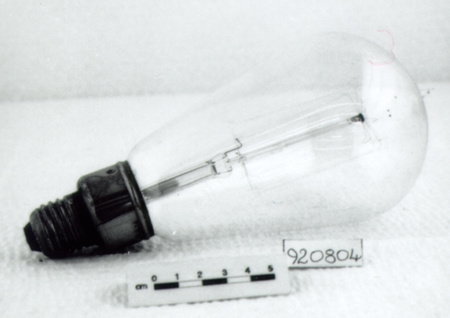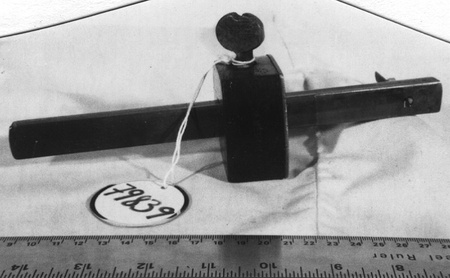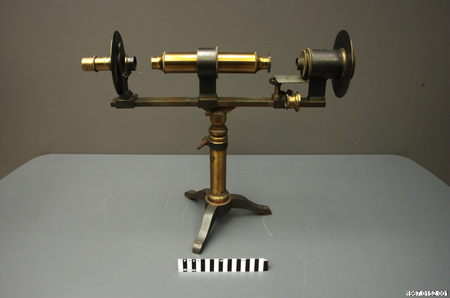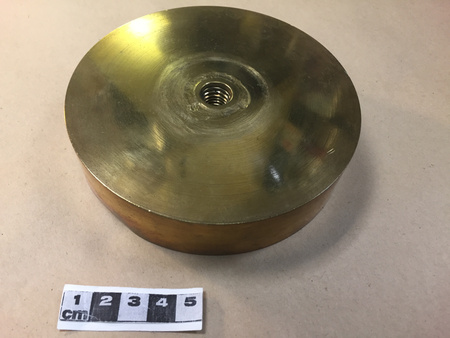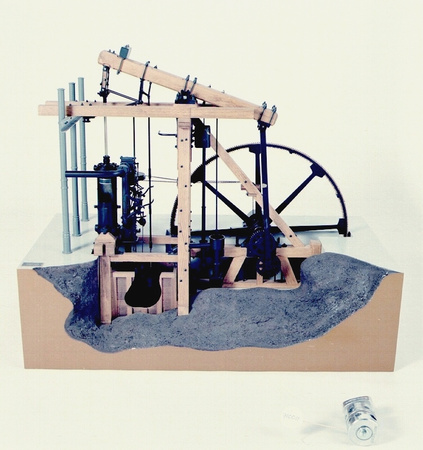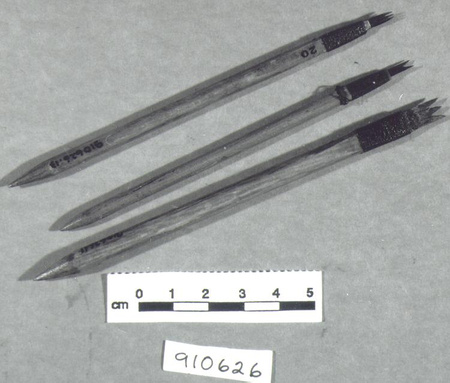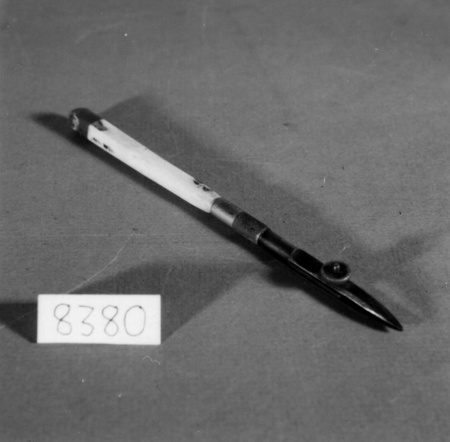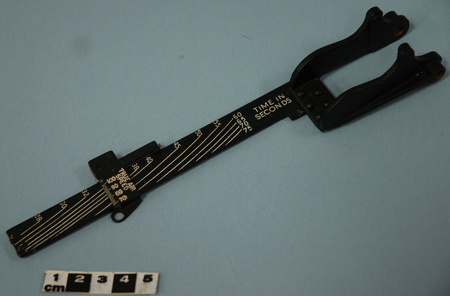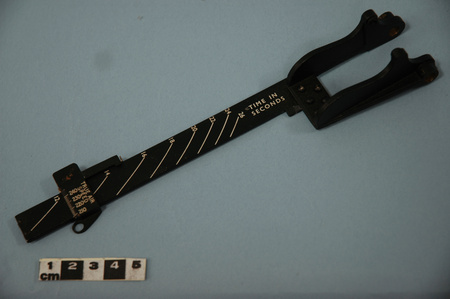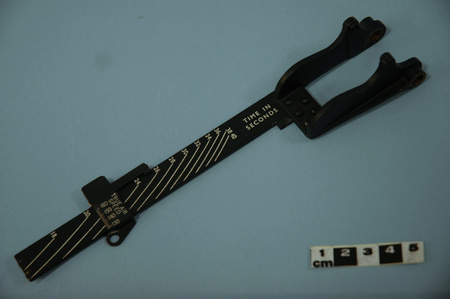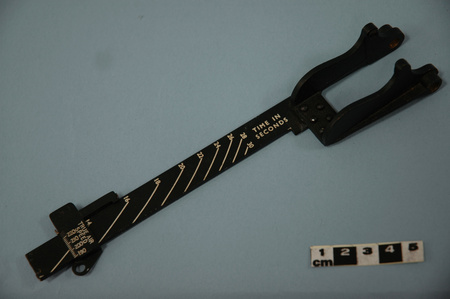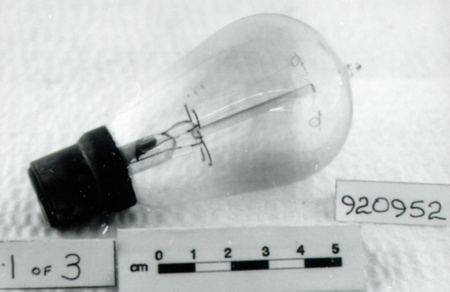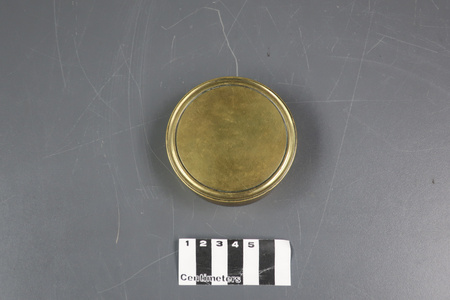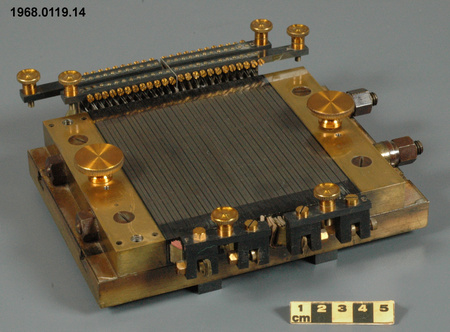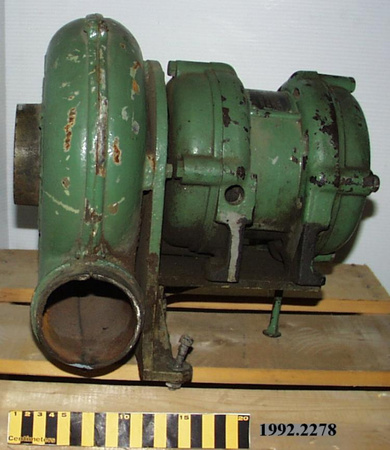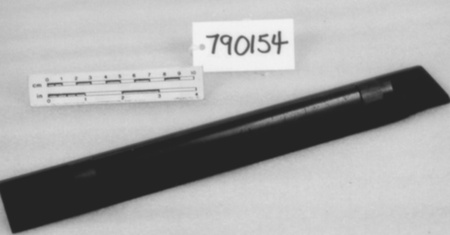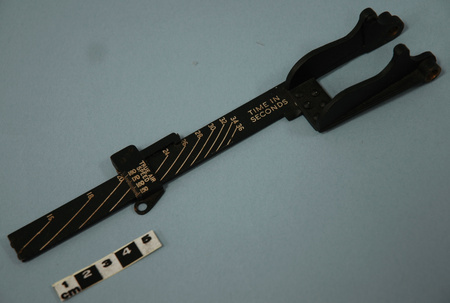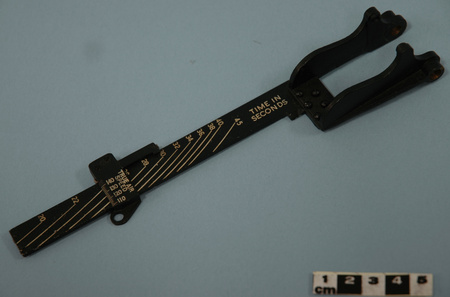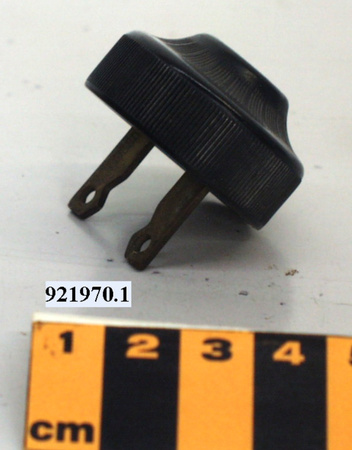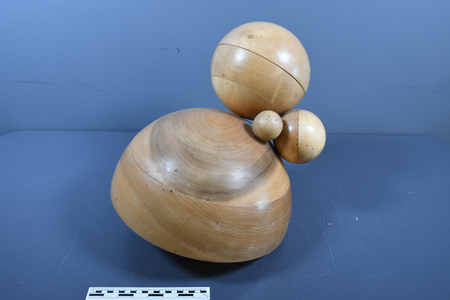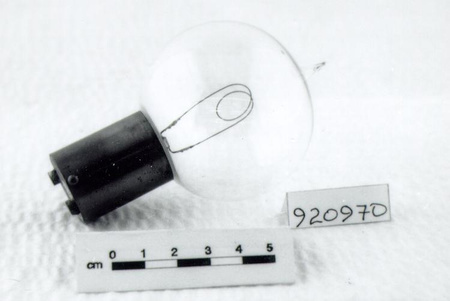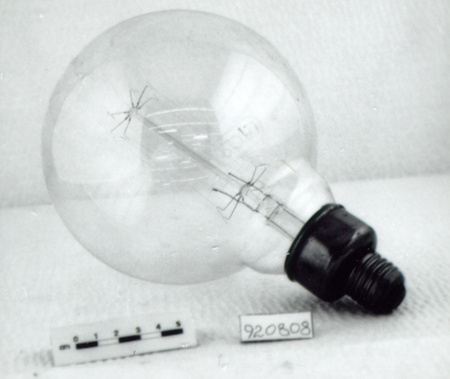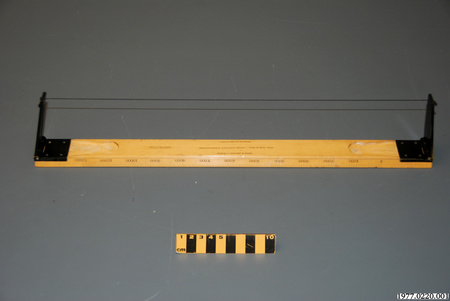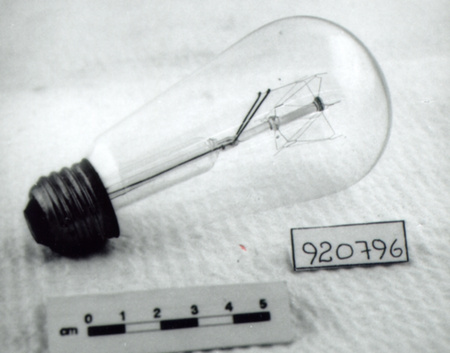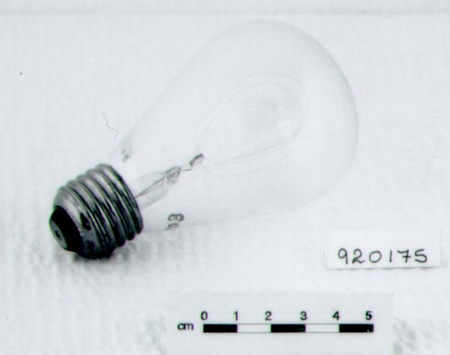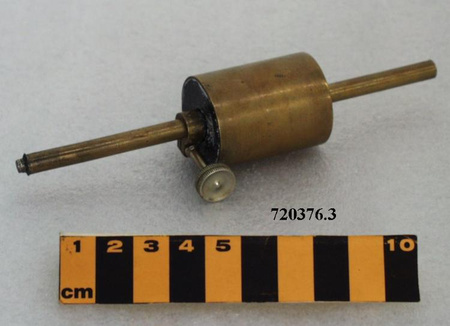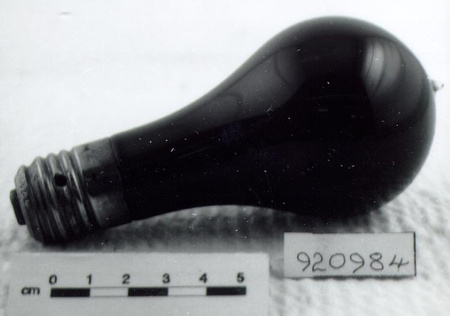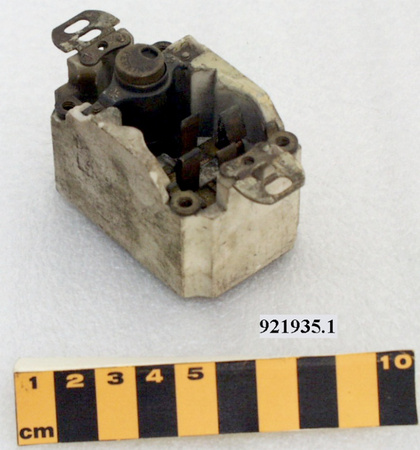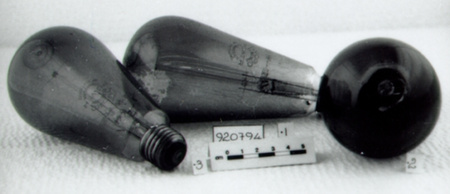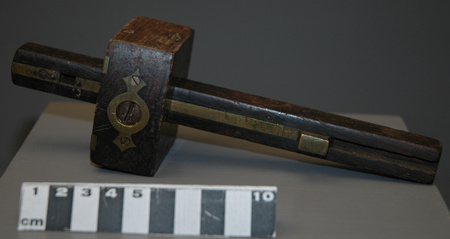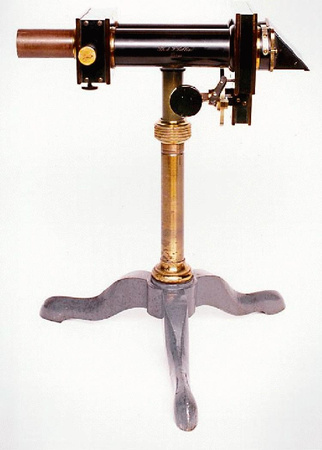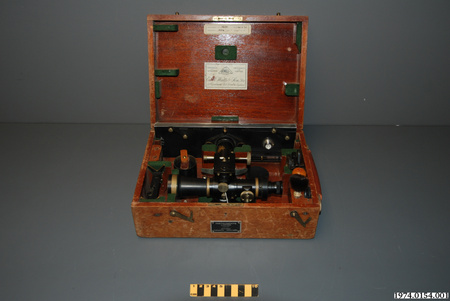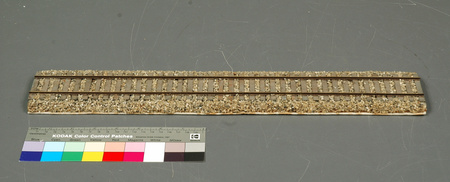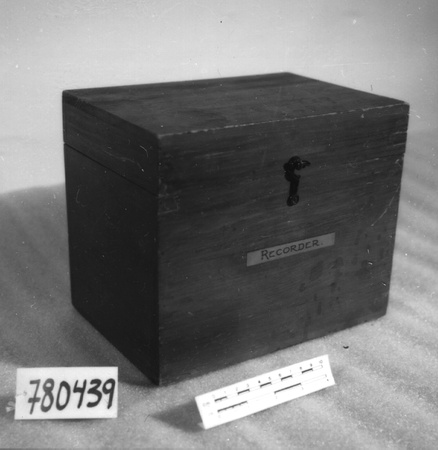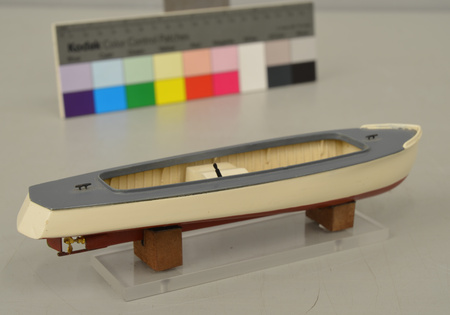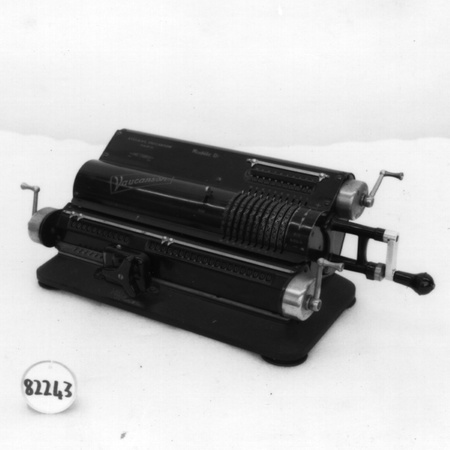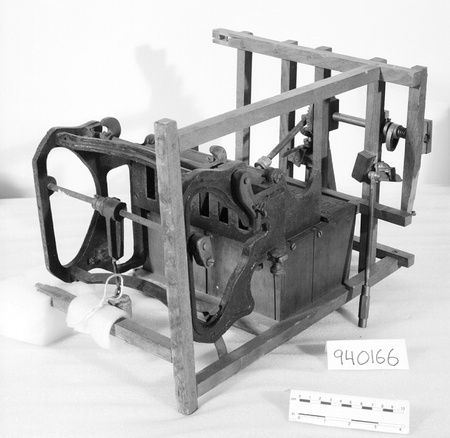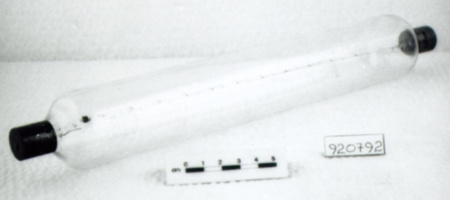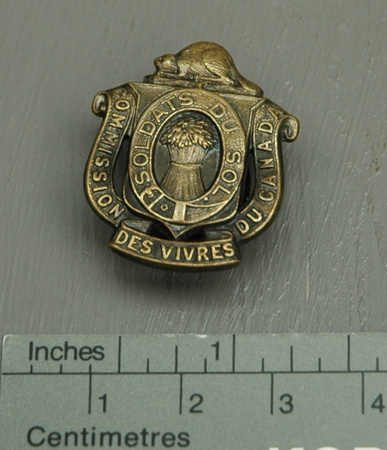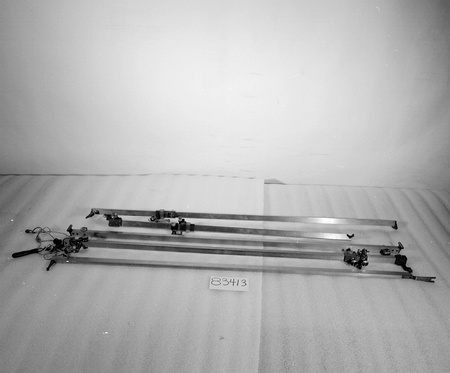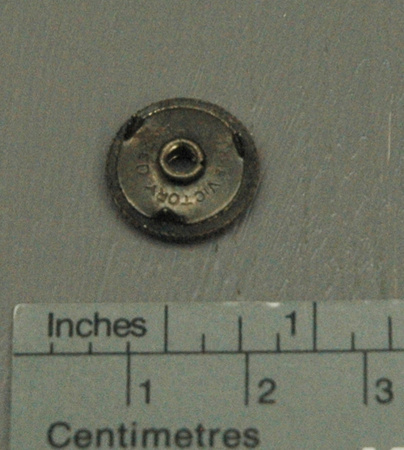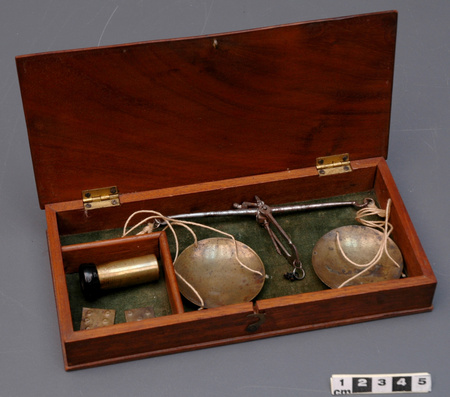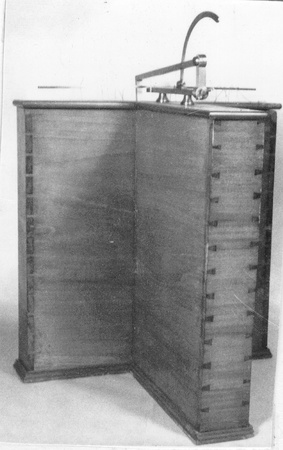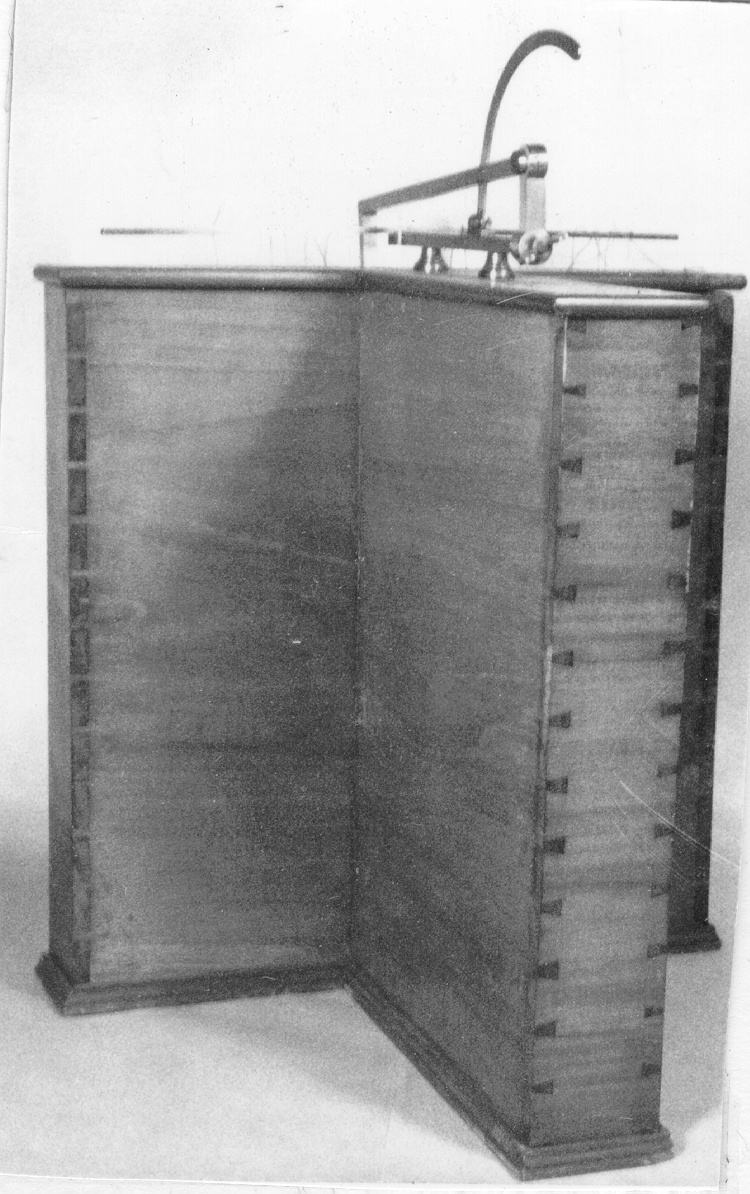Mathematical model
Use this image
Can I reuse this image without permission? Yes
Object images on the Ingenium Collection’s portal have the following Creative Commons license:
Copyright Ingenium / CC BY-NC-ND (Attribution-NonCommercial 4.0 International (CC BY-NC 4.0)
ATTRIBUTE THIS IMAGE
Ingenium,
1973.0254.001
Permalink:
Ingenium is releasing this image under the Creative Commons licensing framework, and encourages downloading and reuse for non-commercial purposes. Please acknowledge Ingenium and cite the artifact number.
DOWNLOAD IMAGEPURCHASE THIS IMAGE
This image is free for non-commercial use.
For commercial use, please consult our Reproduction Fees and contact us to purchase the image.
- OBJECT TYPE
- N/A
- DATE
- 1872
- ARTIFACT NUMBER
- 1973.0254.001
- MANUFACTURER
- De Lagrange
- MODEL
- Hyperbolic paraboloid
- LOCATION
- Paris, France
More Information
General Information
- Serial #
- 1872-92 (Inv.)
- Part Number
- 1
- Total Parts
- 1
- AKA
- N/A
- Patents
- N/A
- General Description
- WOOD/ BRASS
Dimensions
Note: These reflect the general size for storage and are not necessarily representative of the object's true dimensions.
- Length
- 46.3 cm
- Width
- 38.7 cm
- Height
- 83.8 cm
- Thickness
- N/A
- Weight
- N/A
- Diameter
- N/A
- Volume
- N/A
Lexicon
- Group
- Mathematics
- Category
- Models
- Sub-Category
- N/A
Manufacturer
- AKA
- DeLagrange
- Country
- France
- State/Province
- Unknown
- City
- Paris
Context
- Country
- Unknown
- State/Province
- Unknown
- Period
- Unknown
- Canada
-
In 1872 the South Kensington Museum in London UK commissioned Fabre de Lagrange of Paris to make 45 mathematical models for their Education Collection. The Canada Science and Technology Museums Corporation obtaind 28 of them from the Science Museum in 1973 through a deaccession. They still have seventeen models from the original commission. - Function
-
USED AS VISUAL AID FOR TEACHING DESCRIPTIVE GEOMETRY OF ENGINEERING. - Technical
-
In this model two bars are pierced with holes at equal distances, the holes being connected by two different systems of strings.The surface, as well as the arrangement, is very nearly the same as the arrangement in Inv. 1872-9, but there are two paraboloids instead of one. As the movable bar swings round, one paraboloid opens out while the other closes up. If the bar is swung so as to be in the same plane, one system of strings describes a plane by parallel lines and the other by lines radiating from a point. If one bar is now turned so as to be end for end, we still get a plane, the set of parallel lines now passing through a point, while the set which previously passed through a point has now become parallel. The pair of paraboloids intersect in three right lines. There is also a fourth intersection on the "line at infinity." - Area Notes
-
Unknown
Details
- Markings
- S/N '1872-92'
- Missing
- GOOD, MOST STRINGS ARE MISSING
- Finish
- WOOD 'T'-SHAPED BOX: CROSS PT 17-1/2" X 3", STEM PT 12" X 3", BOTH 18" HIGH/ 'T'-SHAPED COVER WITH 16" LONG SLOT ON CROSS PART/ MOUNTED ON STEM PART OF COVER IS A BRASS FRAMEWORK SUPPORTING A 16" BRASS BAR 1-1/2" ABOVE THE SLOT/ A 16" BRASS BAR SWIVELLED TO FRAME/ UPRIGHT FRAME MAY BE ADJUSTED TO ANY ANGLE OVER THE BOTTOM BAR/ THREADS DESCEND FROM TOP BAR THROUGH THE BOTTOM ONE, AND INTO THE BOX/ THREADS ARE LEAD-WEIGHTED
- Decoration
- N/A
CITE THIS OBJECT
If you choose to share our information about this collection object, please cite:
De Lagrange, Mathematical model, 1872, Artifact no. 1973.0254, Ingenium – Canada’s Museums of Science and Innovation, http://collection.ingenium.ca/en/id/1973.0254.001/
FEEDBACK
Submit a question or comment about this artifact.
More Like This




